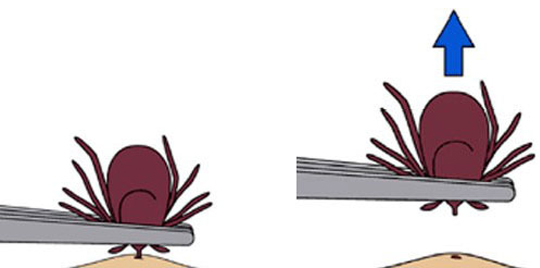Pain Management: Move Beyond Meds
August 30, 2018By: Mari Rydings
Categories: Live Healthy, Orthopedic, Rehabilitation Services, Your Wellness

Every day, millions of Americans start their day with chronic pain. It limits their mobility and keeps them from doing the activities they need or want to do. For some conditions, a prescription opioid may be the best answer, but many other conditions can be treated effectively with physical therapy.
By the Numbers
More than 214 million opioid prescriptions were issued at a rate of 66.5 prescriptions per 100 people in 2016.
Between 1999-2016, more than 200,000 people died from opioid misuse in the U.S.
Source: Centers for Disease Control and Prevention

Sue Condon, PT, director of Rehab Services
“Physical therapists help people understand how the brain activates the nervous system and allows pain to dominate,” explained Sue Condon, PT, director of Rehab Services. “Physical therapy can better align the brain with the nervous system. PTs are also experts in helping you find the balance between too much and too little when it comes to movement and restoring function.”
The PTs at NKCH specialize in pain management, both early onset (acute) and long term (chronic). They have the tools, knowledge and training to help people with chronic pain get back to the activities they enjoy. And, they also help people pace their return in such a way they are stronger and recuperate faster when they have a setback.
“Our physical therapists use a combination of prescribed exercise, manual therapy and education,” Sue said. “We collaborate with the patient and referring provider and ensure the patient is an active participant in his or her recovery.”
Choose physical therapy when …
- Your pain or mobility issues are related to lower back pain. Experts support exercise and physical therapy as treatment options instead of opioids.
- Your pain has been present for 90 days or more. At that point, it’s considered chronic and the risk for addiction increases with continued opioid use.
The risks of opioid use outweigh the benefits. Side effects (depression, overdose and addiction) plus withdrawal make opioids a less-than-ideal option and shouldn’t be the first choice or routine therapy.
Related Reading: 9 Things to Know About Your Pain
In addition to physical therapy, our Managing Your Pain course explores alternative pain management options. The next class starts Oct. 22.
Watch physical therapist Jason Calder on Fox 4 Kansas City talking about managing pain.


